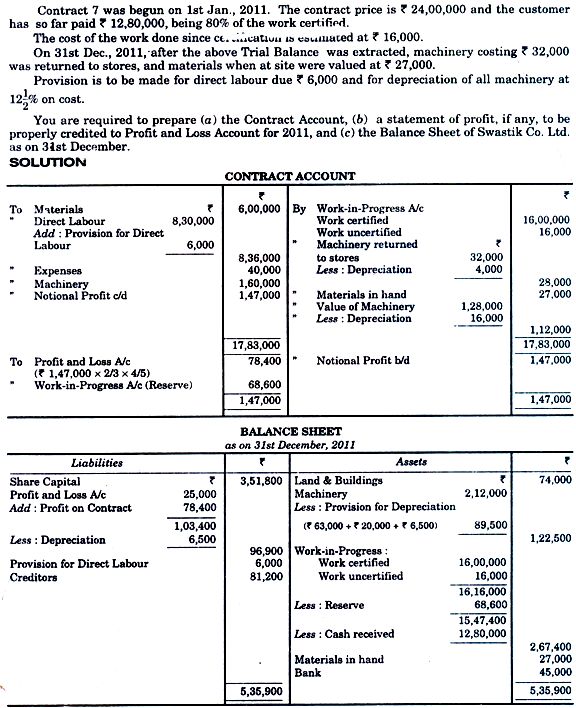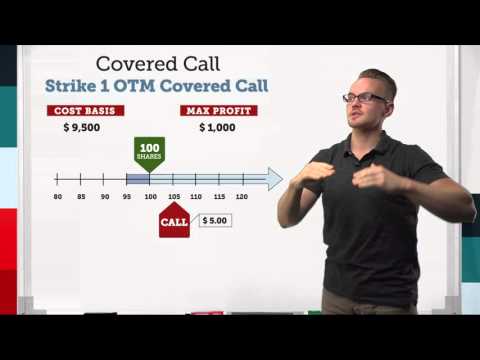 Mark-to-market losses: What are they and how do they impact banks?
Mark-to-market losses: What are they and how do they impact banks?
Contents
When the trading hours end, the price assigned to each stock is the one decided by trade . Therefore, it is the precise determination of the current value of your portfolio. Click here to read more about the basics of margin trading. In securities trading, the price or value of security, account, or portfolio is recorded as part of the mark to marketing accounting to reflect the current market value instead of the book value. This record is generally maintained in a futures account to ensure that margin requirements are being met satisfactorily.

Hence, ‘fair’ value approach is adopted when measuring these accounts . Mark to market show the current market value of market price of assets and liabilities. The major goal of Mark to market is to give a reliable report on a company’s financial status based on the current price of the assets and liabilities they hold. Mark to market is an accounting tool that records the prices of assets with respect to its current market value. The value of the stocks in your demat account changes on a real-time basis.
Investments in securities market are subject to market risks. This accounting practice prevents banks and other financial institutions from making assets more valuable than they really are…. Mark-to-market settlement is the practice of showing assets at their current market value, instead of showing them cost-less-depreciation i.e. book value. Growth investing style is highly attractive to many investors as buying stocks of growing companies can give you amazing profits. Here is an example to better explain the concept of MTM in stock market. We show the process for daily calculation of the profit and loss for a Futures contract.
What is ‘Mark to Market’
If the current market value causes the margin account to fall below its required level, the trader will be faced with a margin call. Mutual funds are marked to market on a daily basis at the market close so that investors have an idea of the fund’s NAV. Perhaps the profit picture was not as rosy as suggested by the financial reports of European banks. Mark to market is an accounting method that is based on measuring the value of assets based on their current price. It is also called a fair value accounting that measures the value of assets or liabilities whose value can change over time.

The MTM margin so collected is be released on completion of pay-in of the settlement. FIMMDA has informed that the price quoted in the market will be the real price and consideration for purchase and sale of the bond will be ((“Real Price x Index Ratio” which is clean price) + . As per para 5.2 of the Master Circular on Classification, Valuation and Investment Portfolio by banks, broken period interest should not be capitalized but treated as an item of expenditure.
Mark to Market: Meaning, Examples and Advantages
But the way this contract works is that you won’t need the entire INR 1 Lakh for investment, but less than even a quarter of that. Most brokers require this margin ranging about 3-12% of the contract value. MTM or Mark to Market is a great way to avoid trading risks. As the profits and losses are settled daily, you are at a lesser risk of wiping out the profits you earned one day because of the losses you incur on the next. As you realize profits, if any, daily, you know where you stand and can square off your positions as soon as your investing goals are achieved.
Cash spent to purchase equipment ($500,000) is recorded as an asset under U.S. GAAP. It is not treated as an immediate expense and does not affect current income . Politicians and https://1investing.in/ executives must recognize that there is no single best way to value bank assets. Once or twice a year you should meet with your financial advisor to rebalance your holdings.
Most Read News
Mark to market profit and loss calculations help you understand how much profit or loss you incurred during a given period, regardless of whether the positions were open or closed. Marked to market calculations assume that all open positions and transactions are settled at the end of the day and new positions are opened the next day. After the Enron scandal, changes were made to the mark to market method by the Sarbanes–Oxley Act during 2002. The Act affected mark to market by forcing companies to implement stricter accounting standards. Investment in securities market are subject to market risks, read all the related documents carefully before investing. The first, probably greatest advantage that this method provides is that it eliminates the accumulation of losses, reducing the risk of default of contract.
- Mutual fund investments are subject to market risks, goes the statutory warning.
- Click here to read more about the basics of margin trading.
- Mark-to-market losses can occur when financial instruments held are valued at the current market value.
- In your account, your margin would be credited with Rs. 10000, the notional profit.
- For many years, accounting standards have required measurement of financial instruments on a financial institution’s balance sheet at fair value.
Mark-to-market accounting attempts to give investors more transparent and relevant information. In financial terms, MTM or Mark to Market refers to the value of any asset as the current fair value after price or value fluctuations. Mark to Market is a method that aims to determine the real and fair value of a company’s financial situation based on the current market situation that is affecting the company’s performance.
How does Market-to-Market affect Futures Valuation?
The mark to market principle was largely adopted in the 20th century. Mark-to-market is a tool that can affect values on either side of the balance sheet depending on the market conditions. For example, the stocks held in an individual’s demat account are marked to market every day. Mark to market accounting means can be defined as recording the value of the balance sheet assets and liabilities at current market value. The reason behind mark to market accounting is to provide the real picture and the value is more relevant as compared to its past value. The aim is to provide a fair appraisal of the company’s financials.
What is the meaning of mark to market (MTM) profit/loss in a futures contract?
So assets were being “marked to hypothetical or synthetic manner” using estimated valuations and sometimes marked in a manipulative manner to achieve spurious valuations. The most infamous use of mark-to-market in this way was the Enron scandal. Mark-to-market attempts to give investors a more accurate picture of the value of a company’s assets. In simple words, you will have to provide the balance money needed to give to the other party in case the price of the futures contract declines before the daily settlement. Once you provide the balance margin amount to the stockbroker, you can move ahead with your positions and square off according to your preference.
Meanwhile, shares of Bhansali Engineering Polymers were up by 3.3% today. There are those which trade significant portions of the portfolio for capital gains which makes them riskier. Investors expect the market to rise, when futures are higher than the fair value, whereas if the futures value is lower compared to fair value, the market is likely to fall on opening. Mark-to-market accounting can become volatile if market prices fluctuate greatly or change unpredictably, often due to unreliable information.
If MTM is not allowed for this investment, it would still be carried at INR 10,00,000 in the Balance Sheet of the company . A debt instrument is issued at a fixed coupon which depends on the market situation at the time of the issue and is paid regularly until maturity. Kindly advise the accounting procedure for provisioning for MTM increase or decrease for the IIB acquired in the primary auction or the secondary market. 18% intraday as experts believe that demand revival in the discretionary category coupled with higher commissions due to price hikes taken by FMCG companies is beneficial for the hard-discount retailer.
Many executives at Enron were indicted for a variety of charges and some were later sentenced to prison. As a consequence of the scandal, new regulations and legislation were enacted to expand the accuracy of financial reporting for public companies. Chief Financial Officer Andrew Fastow not only misled board of directors and audit committee on high-risk accounting practices, but also pressured Andersen to ignore the issues. In addition to being the largest bankruptcy reorganization in American history at that time. The contents posted on ICICI direct.com- Community Section shall not be considered as an invitation or persuasion to trade or invest.
Daily marketing to market reduces counterparty risk for the investors in Futures contracts. Mark to market loss is calculated by marking each transaction in security to the closing price of the security at the end of trading. In case the security has not been traded on a particular day, the latest available closing price at the NSE is considered as the closing price. In case the net dtcc fortune 500 outstanding position in any security is nil, the difference between the buy and sell values is considered as a notional loss for the purpose of calculating the mark to market margin payable. For example, we can understand this in very elementary terms. If you are holding one lot of RIL in long futures then a fall of Rs.6 in the stock price will result in an MTM loss of Rs.6,000.

Richiedi informazioni e disponibilità